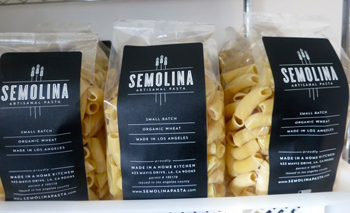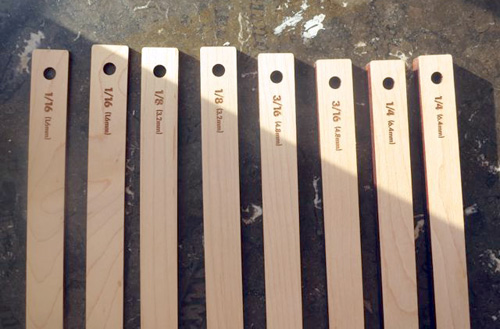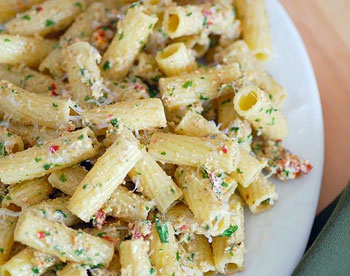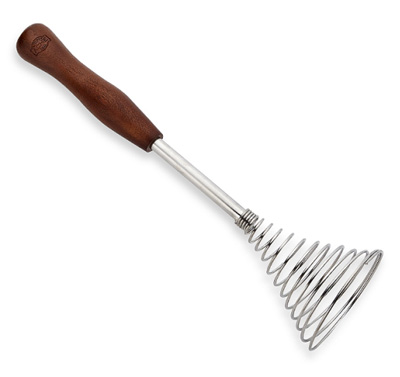 I’m a pasta snob. I admit it and I don’t apologize for it. I believe that great pasta is an Italian cultural artifact that’s been given to the world. And when I talk about pasta I’m talking about DRY PASTA, that is, Durum Wheat pasta. Pasta made with semolina from exceptional (now, often North American) hard winter wheat.
I’m a pasta snob. I admit it and I don’t apologize for it. I believe that great pasta is an Italian cultural artifact that’s been given to the world. And when I talk about pasta I’m talking about DRY PASTA, that is, Durum Wheat pasta. Pasta made with semolina from exceptional (now, often North American) hard winter wheat.
Over centuries Italian artisans learned how to combine hard wheat with water, humidity and moving air into an easy to store source of calories and whimsy. High quality dry pasta is all about texture.
When properly made it is porous enough to absorb condiments or “sauce”, yet sturdy enough to withstand boiling in water and remain resistant while tender. Good dry pasta should be as satisfying to eat as meat. It is not easy to achieve and my favorites are all imported from Italy.

 I recently received a package in the mail at KCRW. Opening it up revealed a thin, long package of wood strips of differing thickness held together with a loop of chain called
I recently received a package in the mail at KCRW. Opening it up revealed a thin, long package of wood strips of differing thickness held together with a loop of chain called  One of the delights of living in the Pacific Palisades is being able to take daily walks along the beach. The walks are great for exercise but also to enjoy the way the beach, ocean, and sky look in the early morning. I have to admit that I would never have discovered the pleasures of walking on the beach had it not been for my wife. For Michelle taking a walk is as necessary as breathing. I think she learned the benefits of walking from her mom, Helen. Whenever we visit her parents in New Jersey, she and her mom head to the boardwalk to take a long walk. This is their way of catching up and clearing their minds before the day begins.
One of the delights of living in the Pacific Palisades is being able to take daily walks along the beach. The walks are great for exercise but also to enjoy the way the beach, ocean, and sky look in the early morning. I have to admit that I would never have discovered the pleasures of walking on the beach had it not been for my wife. For Michelle taking a walk is as necessary as breathing. I think she learned the benefits of walking from her mom, Helen. Whenever we visit her parents in New Jersey, she and her mom head to the boardwalk to take a long walk. This is their way of catching up and clearing their minds before the day begins. There once was a time when basil reigned supreme. A time when basil was ubiquitous in Italian dishes. A time when pesto always meant basil.
There once was a time when basil reigned supreme. A time when basil was ubiquitous in Italian dishes. A time when pesto always meant basil.